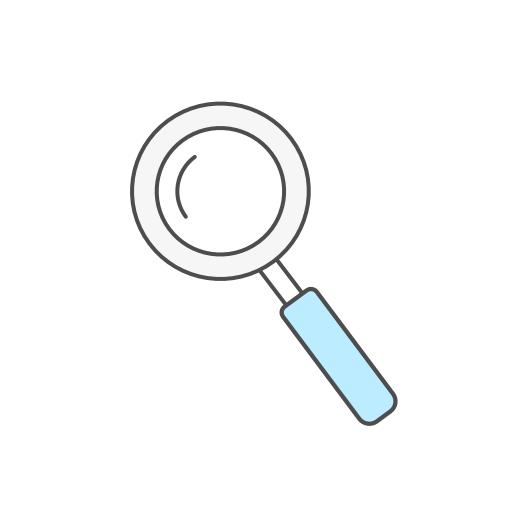- Anlagen und Maschinen
- /
- Featured
- /
- In-service data acquisition
In-service data acquisition
Worldwide product monitoring and maintenance
Our customer’s vision is the bidirectional access to sold and in-service machines via the Internet, no matter where in the world the machines are located. The transmission of the operating data in (near) real-time enables a precise, semi-automated diagnosis of the current operating status (on-site or in the control centre). Based on the trend of diagnostic results paired with modelled empirical knowledge, semi-automated forecasts of future malfunctions and logistics or other proactive actions derived from them are made possible.
Technicians can influence operational behaviour through remote maintenance or carry out maintenance work (e.g. firmware updates) from the workstation in the company headquarters. In addition, a large data set of operating data is created, which offers numerous application possibilities, such as continuous product improvement and/or value-added services for end customers. We support our customers in setting up the project, in defining the system architecture and by taking over partial implementation tasks.

Challenges
Our task was to make a significant contribution to the start-up phase of the project. Together with the client, we initially mastered the challenge of designing a secure initial system architecture that covered all requirements. Once the system functions were mapped to the elements of the architecture, the challenge was to select the necessary COTS hardware and software components. The development of the necessary status and diagnostic functions was another challenge, as many requirements had to be extracted from existing source code.

Resolution method
Together with the client, we initially used proven kits for the initial phase of complex system development projects, including a detailed stakeholder analysis and the preparation of a valid project structure plan. Since it was clear to everyone involved that the system could not be implemented in a cascade form, the theme was tackled by two teams, Top Down (“what do we want to do with the data once we have it?”) and Bottom Up (“what can we provide with existing or retrofitted sensors in terms of status and diagnostic data?”). The core logic for diagnostics, which represents significant proprietary know-how, was planned as a separate self-programmable library.
Technologies
Java, C, C++, Docker, ICD